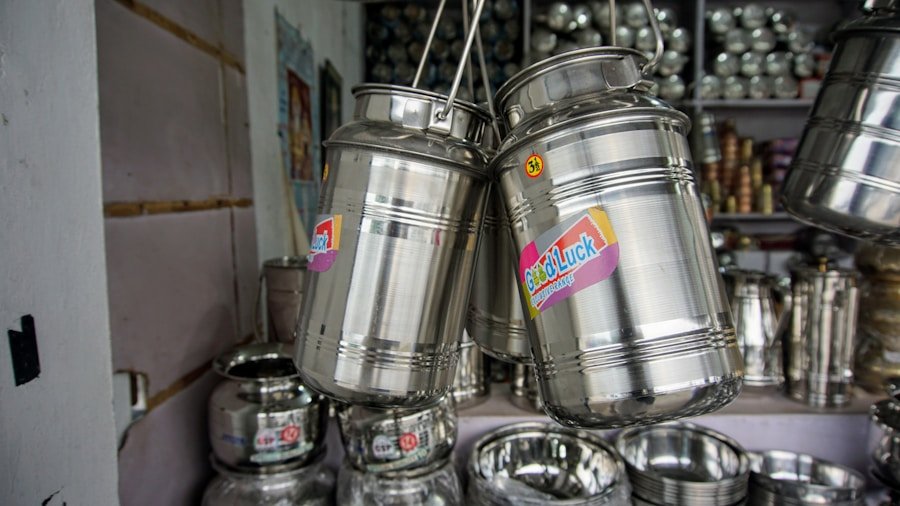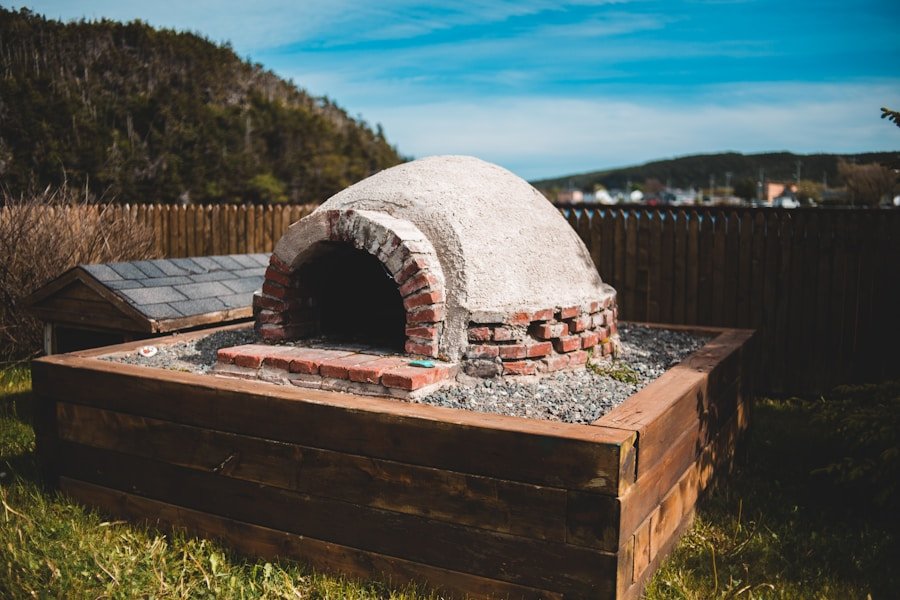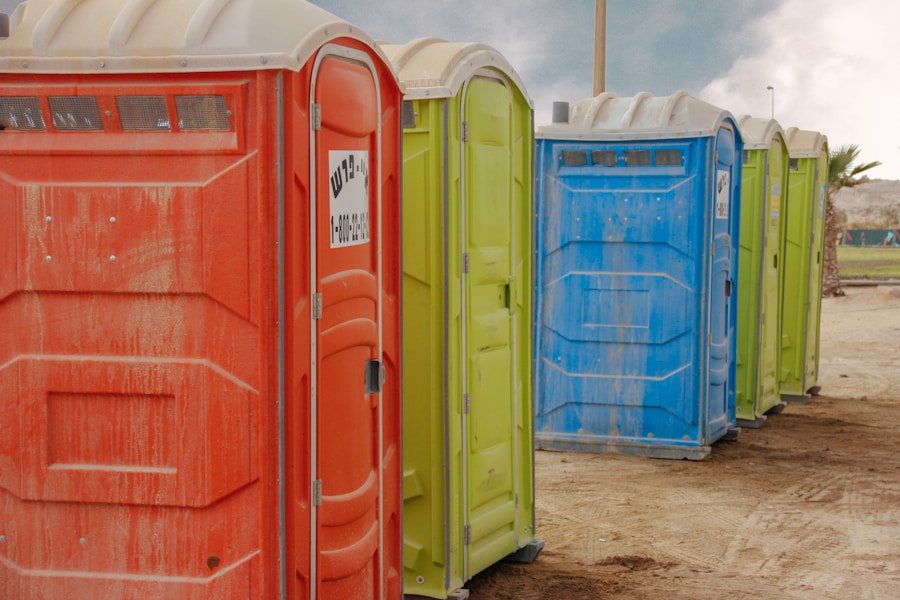When it comes to camping stoves, two primary types of fuel are commonly utilized: gas and propane. Although both fuels serve the same purpose of providing heat for cooking, they exhibit distinct differences. Gas camping stoves typically employ butane or isobutane as their fuel source, whereas propane camping stoves utilize propane.
A key distinction between the two fuels lies in their boiling points. Propane has a lower boiling point than butane, enabling it to function effectively in colder temperatures. In contrast, butane can struggle to perform in colder temperatures, making it less suitable for camping in colder climates.
Furthermore, propane tends to be more efficient than butane, providing more heat for a longer duration. However, butane is often more affordable and readily available in certain regions, making it a popular choice among campers. In terms of the stoves themselves, gas camping stoves are generally smaller and lighter, facilitating easier transportation and setup.
Propane camping stoves, on the other hand, are often larger and more powerful, making them better suited for cooking larger meals or for use in group camping situations. Ultimately, the decision between gas and propane camping stoves depends on specific needs and preferences, as well as the climate and environment in which camping will take place.
Key Takeaways
- Gas and propane camping stoves can be used interchangeably with the right adapters and fittings.
- Gas camping stoves typically use butane or isobutane, while propane camping stoves use propane gas.
- Consider factors such as temperature, altitude, and availability when choosing between gas and propane for your camping stove.
- Always check for leaks and ensure proper ventilation when interchanging gas and propane on your camping stove.
- Regularly clean and maintain your camping stove to ensure optimal performance and safety.
Choosing the Right Fuel for Your Camping Stove
When it comes to choosing the right fuel for your camping stove, there are a few factors to consider. As mentioned earlier, one of the main considerations is the climate and environment in which you will be camping. If you will be camping in colder temperatures, propane may be the better choice due to its lower boiling point and ability to perform well in cold weather.
On the other hand, if you will be camping in warmer temperatures and butane is more readily available in your area, a gas camping stove may be a more practical option. Additionally, you will want to consider the size and weight of the fuel canisters, as well as their availability at your camping destination. If you will be backpacking or hiking to your campsite, you will likely want to choose a fuel that is lightweight and easy to transport.
Another important factor to consider when choosing the right fuel for your camping stove is cost. Propane canisters tend to be more expensive than butane canisters, so if you are on a tight budget, butane may be the more economical choice. However, it’s important to keep in mind that propane is often more efficient than butane, so you may end up using less fuel overall if you choose propane.
Ultimately, the right fuel for your camping stove will depend on a combination of these factors, as well as your personal preferences and needs.
Tips for Interchanging Gas and Propane on Your Camping Stove
If you have a camping stove that is compatible with both gas and propane, you may find yourself wanting to interchange between the two fuels depending on your needs and circumstances. Fortunately, interchanging between gas and propane on your camping stove is relatively simple and straightforward. One of the most important things to keep in mind when interchanging fuels is to make sure that your stove is compatible with both types of fuel.
Not all camping stoves are designed to work with both gas and propane, so it’s important to check the specifications of your stove before attempting to use a different type of fuel. Once you have confirmed that your stove is compatible with both gas and propane, you can easily switch between the two fuels by swapping out the fuel canister. Most camping stoves are designed to accommodate both types of canisters, so all you need to do is unscrew the old canister and replace it with a new one.
It’s important to make sure that the canister is securely attached to the stove before lighting it, as loose connections can result in leaks or other safety hazards. Additionally, it’s a good idea to test your stove with a new canister before heading out on your camping trip to ensure that everything is working properly.
Maintaining and Cleaning Your Camping Stove for Optimal Performance
| Stove Type | Pros | Cons |
|---|---|---|
| Gas Stove | Common fuel source, easy to find | Less efficient in cold weather |
| Propane Stove | High heat output, works well in cold weather | Heavier to carry, can be more expensive |
| Interchangeable Use | Versatility in fuel options | Need to carry multiple types of fuel |
In order to ensure that your camping stove continues to perform at its best, it’s important to properly maintain and clean it on a regular basis. One of the most important aspects of maintaining your camping stove is keeping it clean and free of debris. Over time, food particles, grease, and other residue can build up on the burners and other components of your stove, which can affect its performance and efficiency.
To clean your camping stove, start by removing any loose debris from the burners and other parts of the stove. You can use a small brush or a cloth to gently scrub away any stubborn residue. In addition to keeping your camping stove clean, it’s also important to regularly inspect and maintain its various components.
Check the fuel lines and connections for any signs of wear or damage, and replace any parts that appear to be worn or deteriorating. It’s also a good idea to periodically lubricate any moving parts of your stove to keep them functioning smoothly. Finally, be sure to store your camping stove in a dry, cool place when it’s not in use to prevent rust and corrosion.
By taking these simple steps to maintain and clean your camping stove, you can ensure that it continues to perform at its best for many camping trips to come.
Safety Precautions When Using Gas and Propane Camping Stoves
While gas and propane camping stoves are generally safe to use when used properly, there are some important safety precautions that you should keep in mind when using them. One of the most important safety precautions is to always use your camping stove in a well-ventilated area. Both gas and propane stoves produce carbon monoxide when they burn, which can be extremely dangerous if inhaled in high concentrations.
To prevent carbon monoxide buildup, always use your camping stove outdoors or in a well-ventilated area with plenty of fresh air circulation. Another important safety precaution when using gas and propane camping stoves is to never leave them unattended while they are lit. Accidents can happen quickly when working with open flames, so it’s important to always keep an eye on your stove while it’s in use.
Additionally, be sure to keep flammable materials such as paper towels, napkins, or cooking oil away from your stove while it’s lit to prevent accidental fires. Finally, always follow the manufacturer’s instructions for your specific camping stove and fuel type, as different stoves may have different safety guidelines.
Cooking Tips and Recipes for Gas and Propane Camping Stoves
When it comes to cooking on gas and propane camping stoves, there are a wide variety of delicious meals that you can prepare. One of the most important things to keep in mind when cooking on a camping stove is that it may take longer than cooking on a traditional stovetop or oven. With this in mind, it’s a good idea to choose recipes that are relatively simple and don’t require a lot of time or effort to prepare.
One popular option for cooking on a camping stove is one-pot meals such as chili, stew, or pasta dishes. These types of meals are easy to prepare and require minimal cleanup, making them ideal for cooking outdoors. In addition to one-pot meals, there are also plenty of other options for cooking on gas and propane camping stoves.
Grilling is a popular choice for outdoor cooking, and many camping stoves come with built-in grills or griddles that make it easy to cook meats and vegetables over an open flame. You can also use your camping stove to boil water for hot drinks such as coffee or tea, or to cook simple breakfast items like eggs or pancakes. Ultimately, the possibilities for cooking on gas and propane camping stoves are nearly endless, so don’t be afraid to get creative with your outdoor meals.
The Benefits of Using Gas and Propane Camping Stoves for Outdoor Cooking
There are many benefits to using gas and propane camping stoves for outdoor cooking. One of the main benefits is their portability and convenience. Gas and propane camping stoves are typically lightweight and easy to transport, making them ideal for backpacking or hiking trips where space is limited.
Additionally, they are relatively easy to set up and use, so you can spend less time fussing with your stove and more time enjoying the great outdoors. Another benefit of using gas and propane camping stoves is their versatility. Many camping stoves come with multiple burners or cooking surfaces, allowing you to prepare a wide variety of meals without needing access to a traditional kitchen setup.
This makes them ideal for group camping trips or for cooking meals that require multiple components or cooking methods. Finally, gas and propane camping stoves are generally more environmentally friendly than traditional charcoal grills or campfires. They produce fewer emissions and waste less fuel than other outdoor cooking methods, making them a more sustainable choice for outdoor cooking.
In conclusion, gas and propane camping stoves are versatile, convenient, and efficient tools for outdoor cooking. By understanding the differences between gas and propane stoves, choosing the right fuel for your needs, following safety precautions, maintaining your stove properly, and experimenting with different recipes, you can make the most out of your outdoor cooking experience with these handy appliances. Whether you’re planning a solo backpacking trip or a group camping adventure, having a reliable gas or propane camping stove at your disposal will make mealtime a breeze while enjoying nature’s beauty.
FAQs
What are gas and propane camping stoves?
Gas and propane camping stoves are portable cooking devices designed for outdoor use. They are commonly used by campers, hikers, and outdoor enthusiasts to prepare meals while away from traditional kitchen facilities.
Can gas and propane be used interchangeably in camping stoves?
Yes, in most cases, gas and propane can be used interchangeably in camping stoves. Many camping stoves are designed to be compatible with both types of fuel, allowing users to switch between them as needed.
What are the differences between gas and propane for camping stoves?
The main difference between gas and propane for camping stoves is the type of fuel they use. Gas stoves typically use butane or isobutane, while propane stoves use propane gas. Propane tends to perform better in colder temperatures, while butane/isobutane canisters are generally lighter and more compact.
Are there any safety considerations when using gas and propane camping stoves?
Yes, it is important to follow safety guidelines when using gas and propane camping stoves. This includes proper storage of fuel canisters, ensuring the stove is on a stable surface, and keeping the area well-ventilated to prevent carbon monoxide buildup.
Can gas and propane camping stoves be used indoors?
No, gas and propane camping stoves should never be used indoors. They produce carbon monoxide, which can be deadly in enclosed spaces. These stoves should only be used in well-ventilated outdoor areas.













